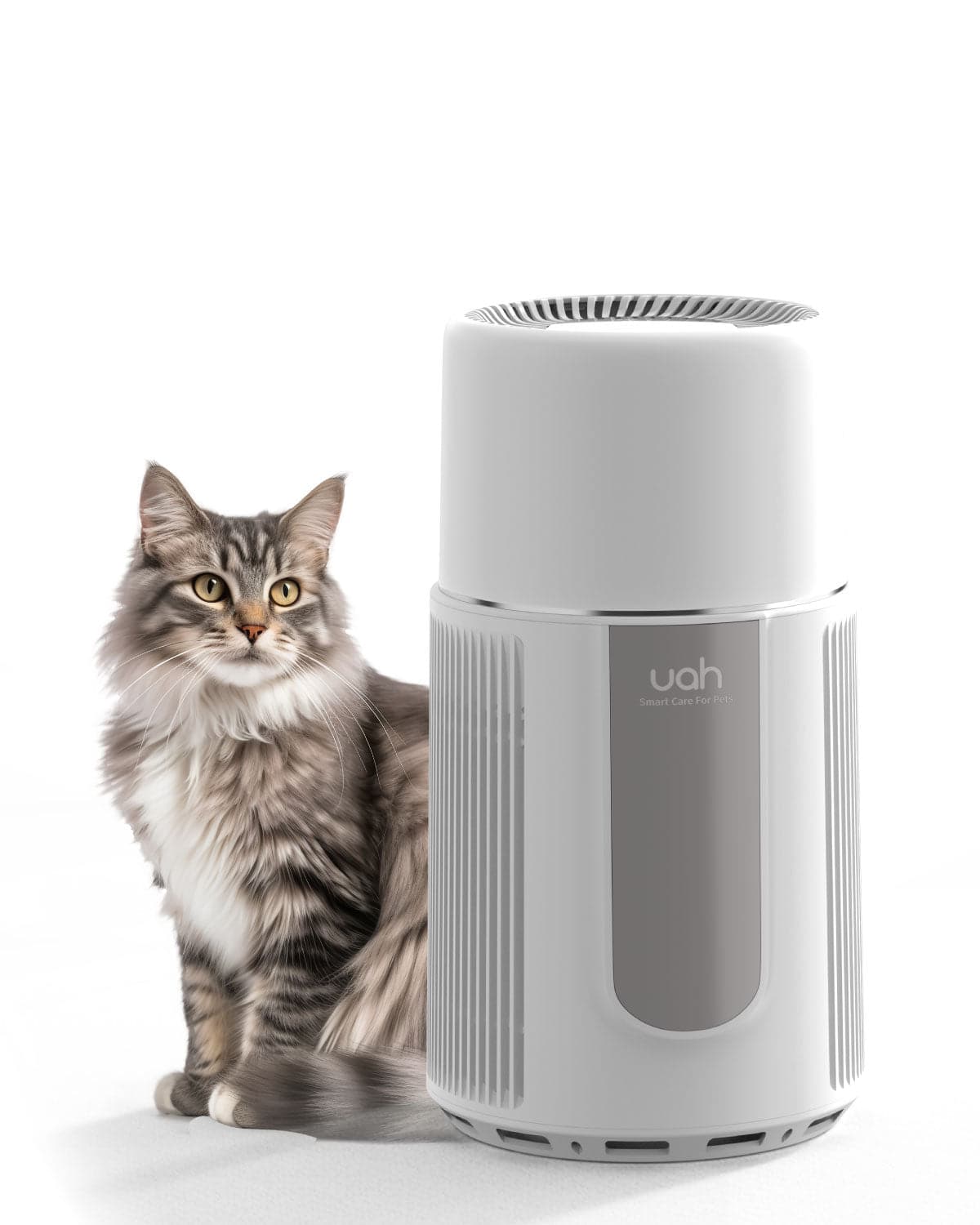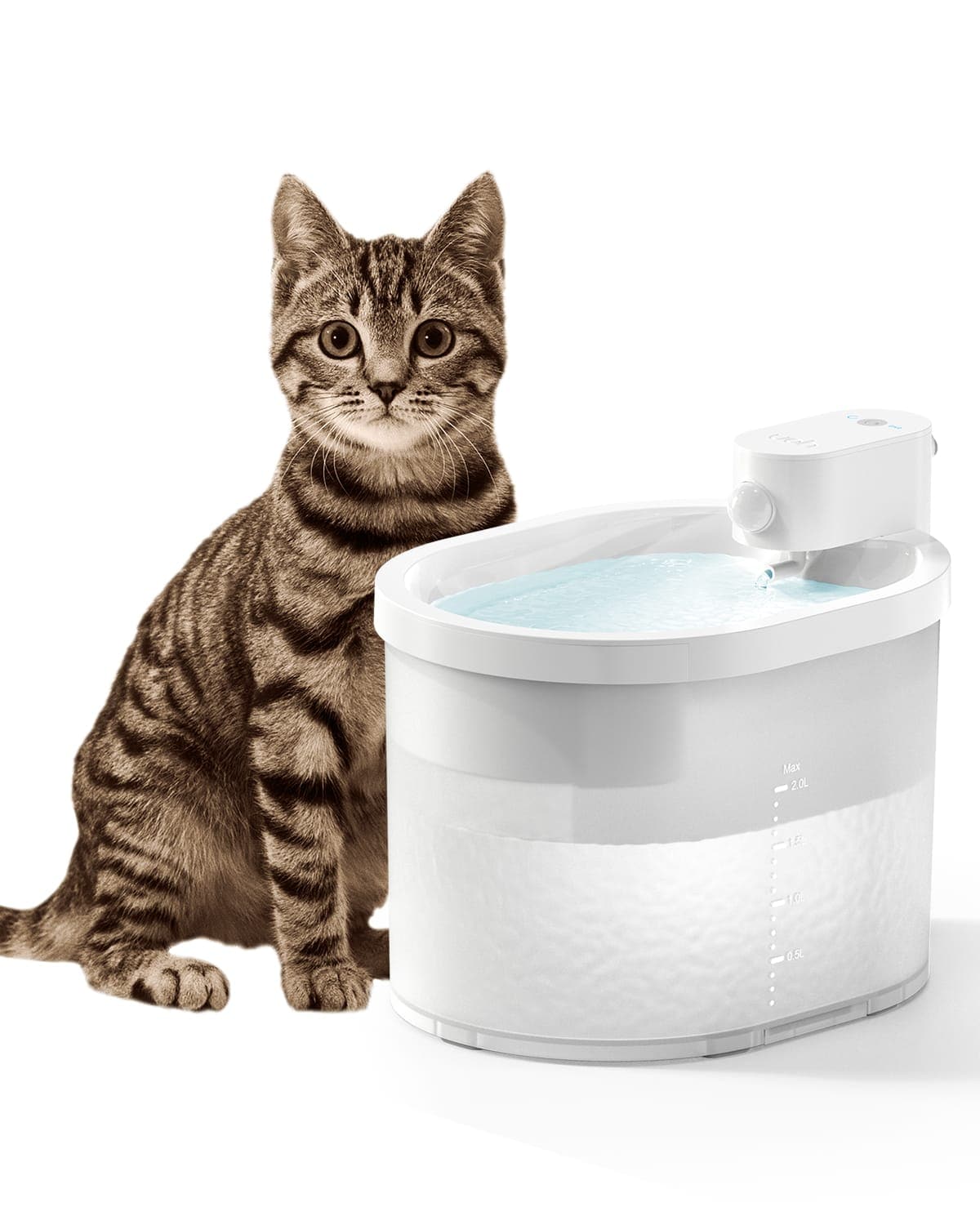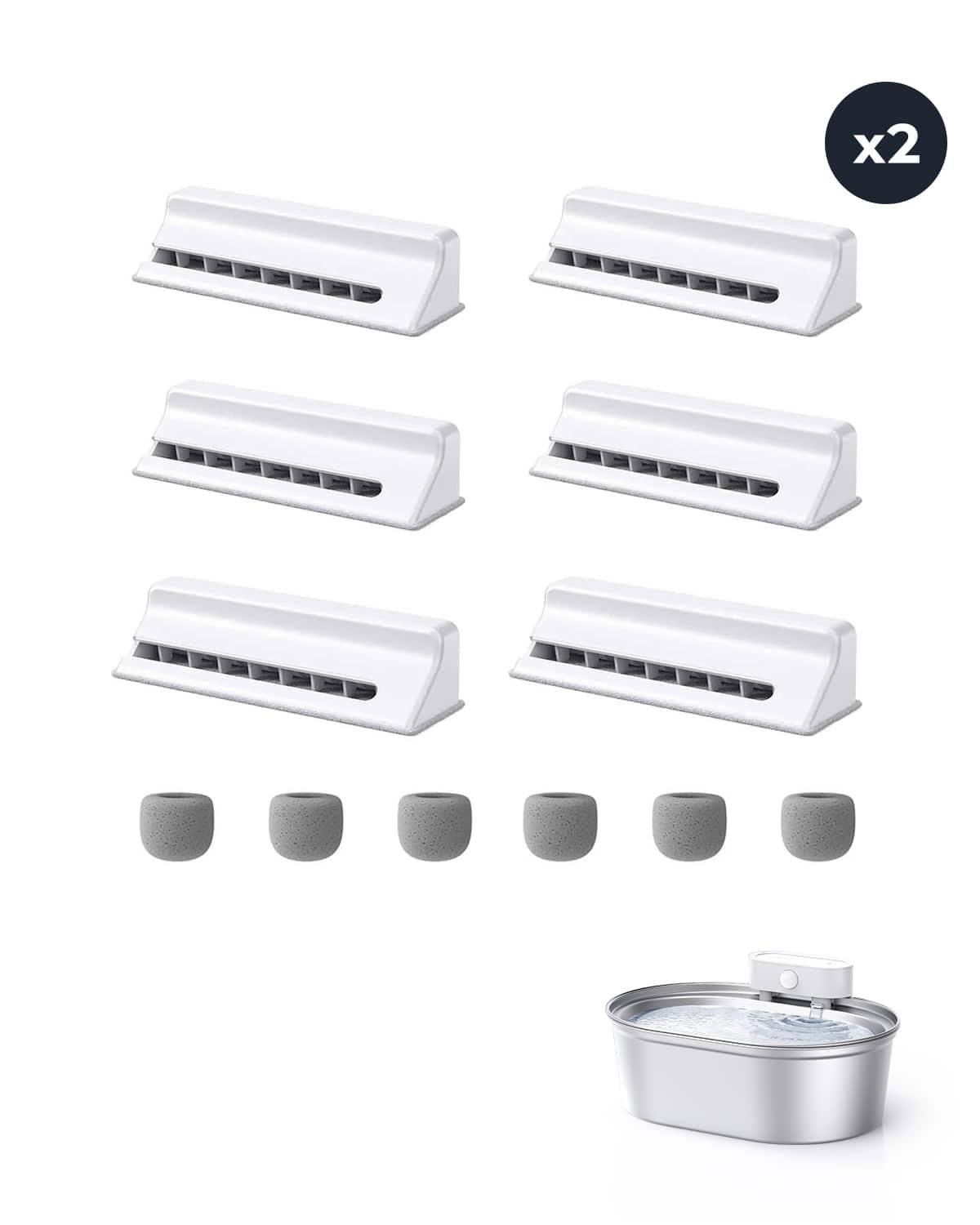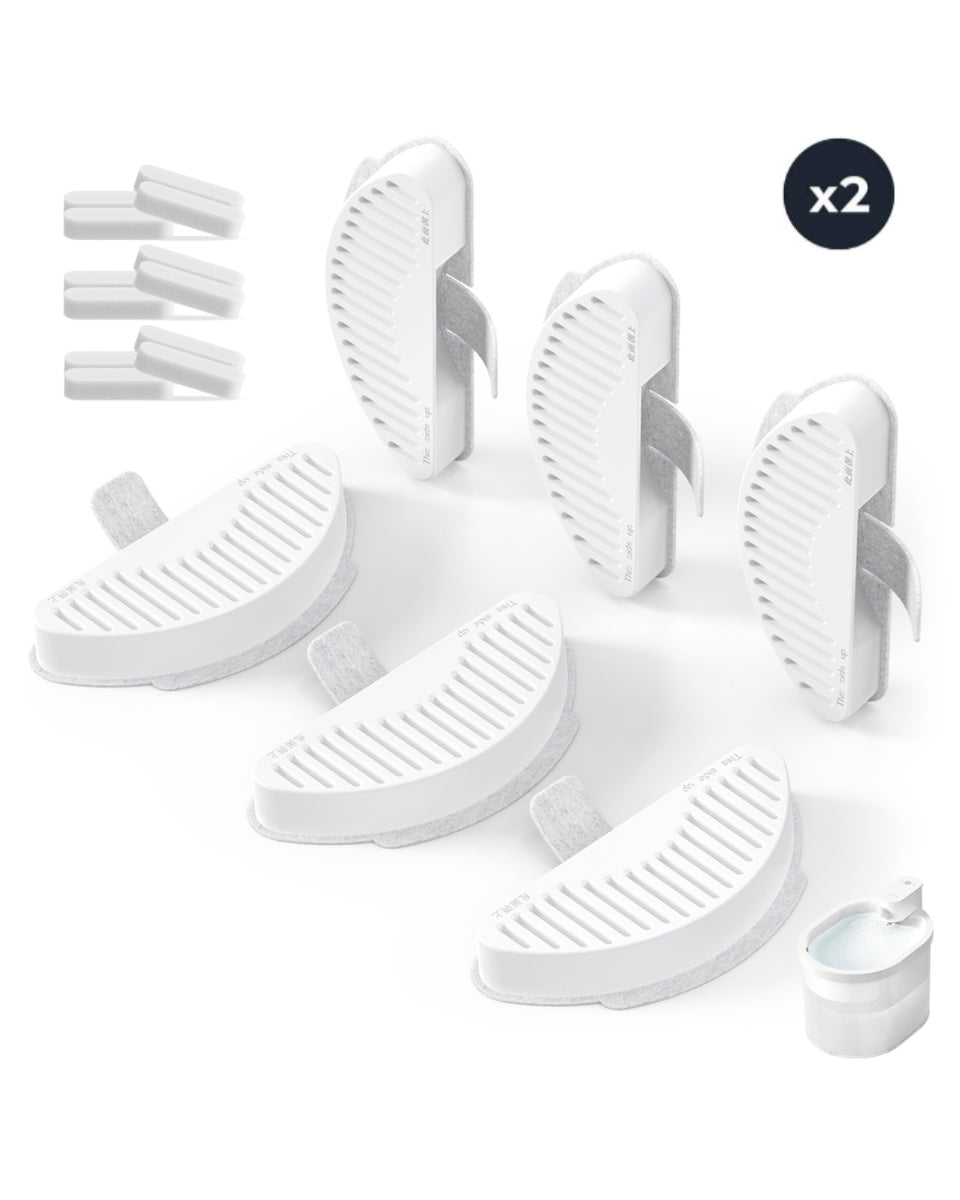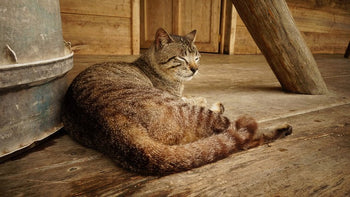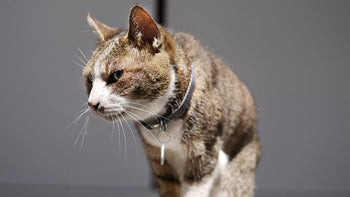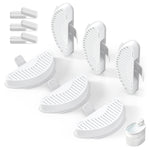How long can cat food be stored and what are the storage techniques? In this article, we will tell you so that you can know more clearly how to make your cat eat more comfortably.

How Long Does Dry Cat Food Last?
Dry cat food, also known as kibble, typically has a longer shelf life than wet cat food. On average, an unopened bag of dry cat food can last up to 12 months from the date of manufacture. This shelf life is based on the condition that the food is stored in a cool, dry place and the packaging remains intact.
Once a bag of dry cat food is opened, its freshness and quality begin to deteriorate rapidly. Generally speaking, opened dry cat food will last about 6 weeks if stored properly. However, this can vary depending on the specific brand and ingredients used. It is always best to check the manufacturer's guidelines for precise information on how long dry cat food will stay fresh.
How to Determine if Your Cat Food Has Expired
To ensure your cat is eating safe and nutritious food, it's crucial to know how to recognize signs that dry cat food might be past its prime. Here are a few indicators to check for:
1. Smell: Fresh dry cat food should have a pleasant, mild aroma. If you notice a rancid or sour smell, it could be a sign that the food has gone bad.
2. Appearance: Look for any visible changes in the food's appearance. If the kibble has changed color, has visible mold, or appears to be coated with a strange substance, it's best to discard it.
3. Texture: Dry cat food should be crunchy. If the kibble feels soft or sticky, it may have absorbed moisture and could be spoiled.
Always check the expiration date printed on the packaging. This date is a useful guideline, but use your senses to assess the food's quality as well.
The dangers of expired cat food
Expired cat food can cause harm to your cat's health in many ways. First, the nutrients will gradually degrade. For example, the protein content may decrease by 20-30%, and vitamins such as vitamin E and B group will be greatly reduced, which will affect the cat's immune system and overall vitality. Secondly, expired cat food may produce harmful substances, such as mycotoxins (such as aflatoxin), which may reach harmful levels in expired food, causing poisoning, liver problems or serious digestive system diseases. The breeding of bacteria and fungi is another problem. Common bacteria such as Salmonella and fungi such as Aspergillus niger in expired cat food may cause diarrhea, vomiting and loss of appetite. Changes in taste and smell should not be ignored. Expired cat food may become stale or moldy, which may cause cats to refuse to eat. Finally, after the preservatives such as BHT and BHA lose their effectiveness, the fatty acids in the cat food may oxidize, further accelerating deterioration. To avoid these problems, make sure the cat food is within the shelf life when purchasing and store it in a dry, cool environment to ensure that your cat consumes fresh and safe food.

Tips for Preserving Dry Cat Food
Proper storage of dry cat food can significantly extend its shelf life and maintain its quality. Here are some tips on how to preserve dry cat food effectively:
1. Keep it Sealed: After opening the bag, transfer the dry cat food into an airtight container. This helps prevent exposure to air and moisture, which can lead to spoilage. A container with a secure lid will also keep the food fresher for longer.
2. Store in a Cool, Dry Place: Keep the container in a cool, dry place away from direct sunlight and heat sources. Excessive heat and humidity can cause the food to deteriorate more quickly.
3. Check for Pests: Ensure that your storage area is free from pests such as insects or rodents, which can contaminate the food.
4. Use Within the Recommended Time: Even with proper storage, dry cat food should be used within the timeframe recommended by the manufacturer. Check the packaging for specific storage instructions and guidelines.
Enhance Your Cat's Dining Experience with UAH Pet Elevated Cat Bowls
If you're looking for a bowl that allows your cat to have both dry and wet food separately, consider the UAH Pet Elevated Cat Bowl. This innovative design lets your cat enjoy both types of food at the same time without confusion, and it enhances their experience by providing better access to dry food. The bowl's 16.5 cm (6.5 inches) wide, shallow, elevated design offers ample space for your cat's whiskers, reducing whisker fatigue—a common issue for cats when their sensitive whiskers brush against the sides of a deep bowl.
You can save valuable time, money, and space with this 2-in-1 design, which allows you to serve a variety of meals without the need for multiple plates. Whether you're feeding one cat or several, this bowl helps reduce mess and simplify mealtime.
Conclusion
Understanding how long dry cat food lasts and knowing how to preserve it properly are crucial for maintaining your cat's health and well-being. Additionally, incorporating practical solutions like the Uah Pet Elevated Cat Bowls can enhance your cat's dining experience. Remember to always check for signs of spoilage and adhere to the manufacturer's recommendations for optimal food quality.



